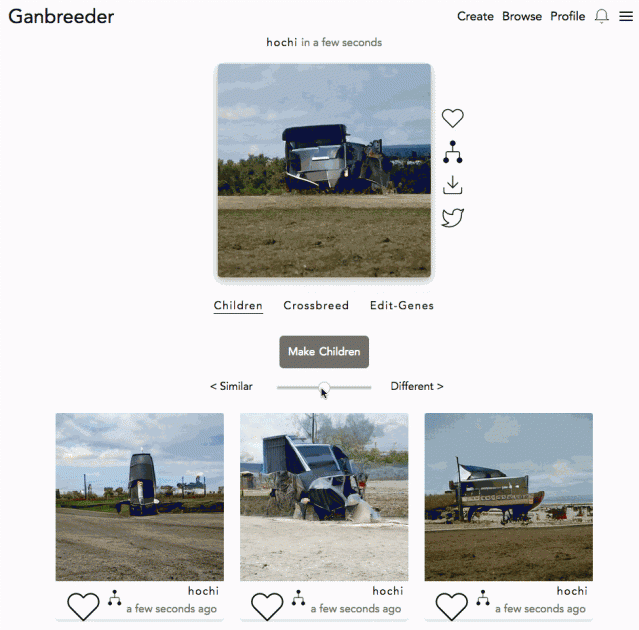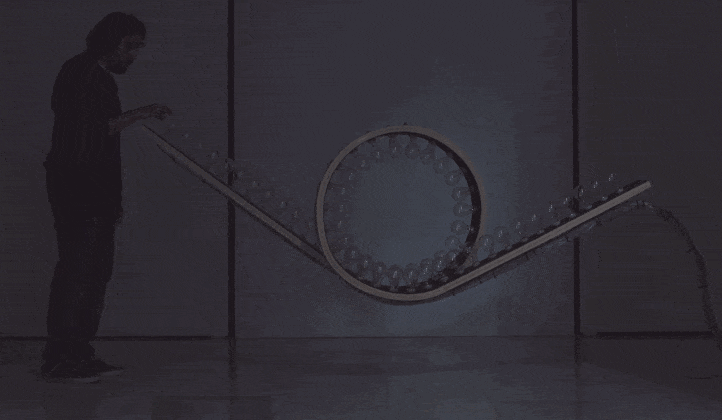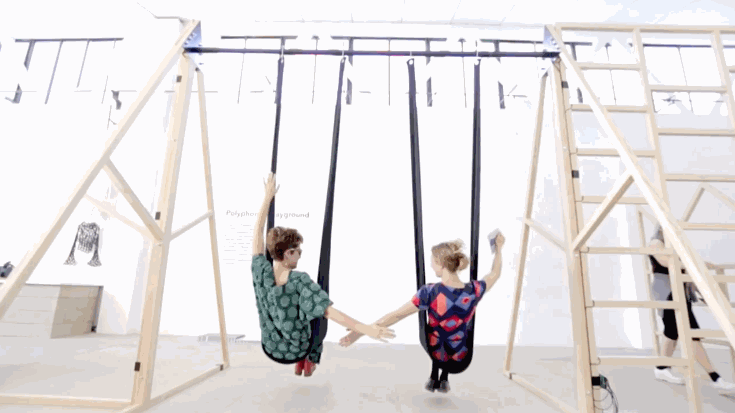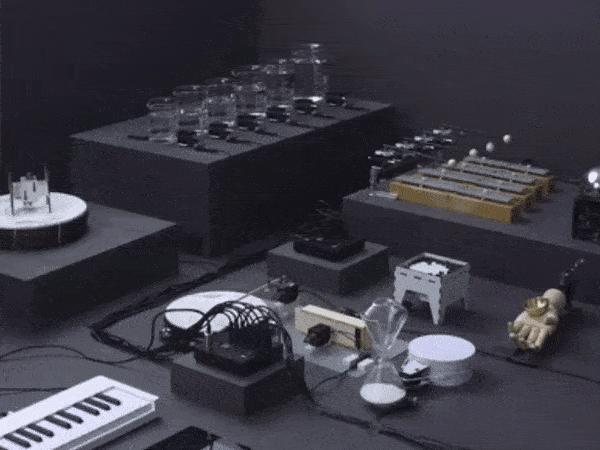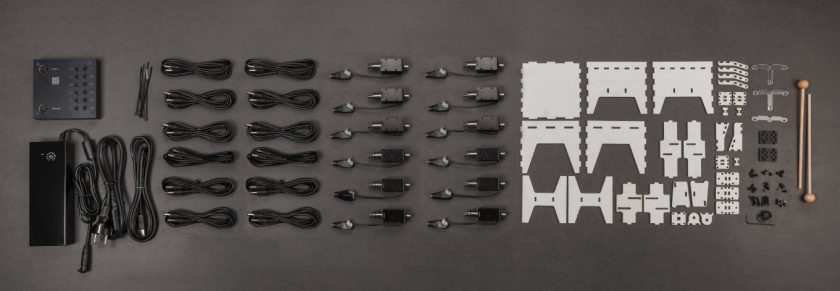Bleep Space is an iOS app and arcade machine in which players explore a sequencer with unfamiliar buttons to create noise-pop music. Each button is tied to a unique sound and visual, and players can assign the button to a sequencer slot to create their own rhythms and melodies.
In the article on Creative Applications Network, Andy Wallace explains that the inspiration for the work came from his experience playing with a Korg synthesizer, a device that he didn’t fully understand. This theme of exploration an unfamiliar space also appears in one of Andy’s other works, Terminal Town, in which players explore the unfamiliar interface of a command-line tool to solve a puzzle.
Perhaps the most compelling part of this work is that the buttons are highly tactile and that hitting them always produces some kind of sound; a common frustration with exploring synthesizers is that some knobs don’t seem to have an immediate effect on the sound, because of different synthesizer “modes” that turn off certain features. However, the interaction of simply triggering the audio samples seems simplistic; and there are other aspects of audio synthesis that could be explored using tactile inputs and explorative play. Works in this area include Rotor by Reactable Systems, which use physical objects on a reactive screen to explore synthesizer systems.
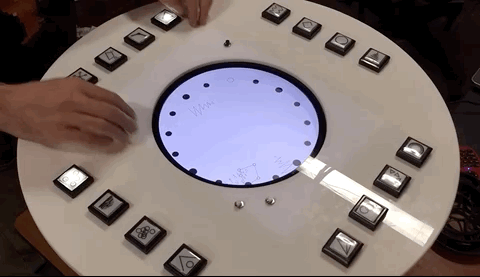
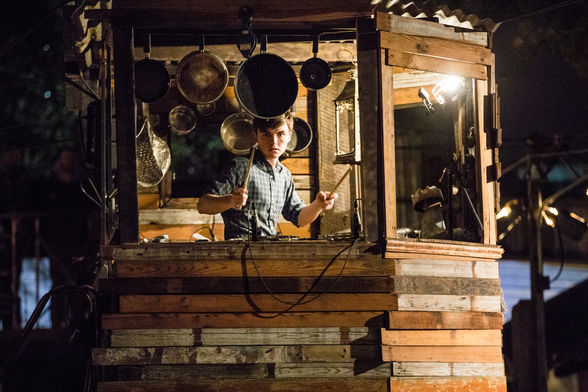

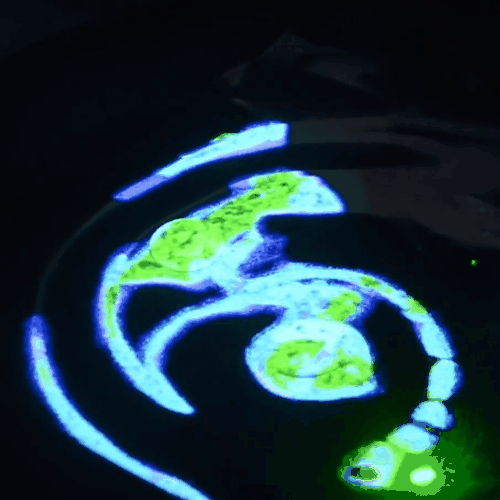 The Sandbox of Life
The Sandbox of Life 

